How to Feed a Snake: A Complete Guide
At first, feeding a pet snake could appear difficult, particularly if you’ve never taken care of a snake before. It took some trial and error to get things just perfect the first time I had to find out how to feed frozen mice to a snake.It does, however, get a lot simpler once you know how things work to create a routine. This guide will lead you through all you need to know, whether you’re feeding a snake for the first time or you’re just searching for some recommendations to make your existing routine better.
Table of Contents
What Do Snakes Eat?
Most pet snakes eat rodents like rats or rats, it’s common knowledge that owners feed their snake frozen mice. When linked to live victims, it is more convenient and safer for the snake. It’s important to remember that different snakes have different diets. Some animals may have a preference for tiny lizards, insects, or birds. Always keep in mind your snake’s natural diet when choosing what to feed it.
Choosing the Right Food
For beginners, I usually suggest frozen food when choosing between frozen and live food. Mice and rats are easily available at pet stores and online, and using frozen prey reduces the possibility of your snake suffering harm from live prey matter the option you select, it is important to provide your snake with the proper size food. Offering prey that is no bigger than the largest part of your snake’s body is a decent standard of mind.
How to Feed a Snake Frozen Mice
If you are going to feed your snake frozen mice, you will need to prepare the food ahead of time. First, the mouse can be frozen in the fridge or by washing it in warm water in a plastic bag. Avoid using microwaves since they may cause incompatible cooking of animals. Furthermore, ensure that the food is sufficiently cooked to prevent snake attacks, which happen more frequently when the victim feels alive. Use the “braining technique,” which involves slightly opening the prey’s head, if your snake is more cooperative. I found that to be effective. You may also try coating the prey with a lizard smell if your snake is attracted to more exotic smells.
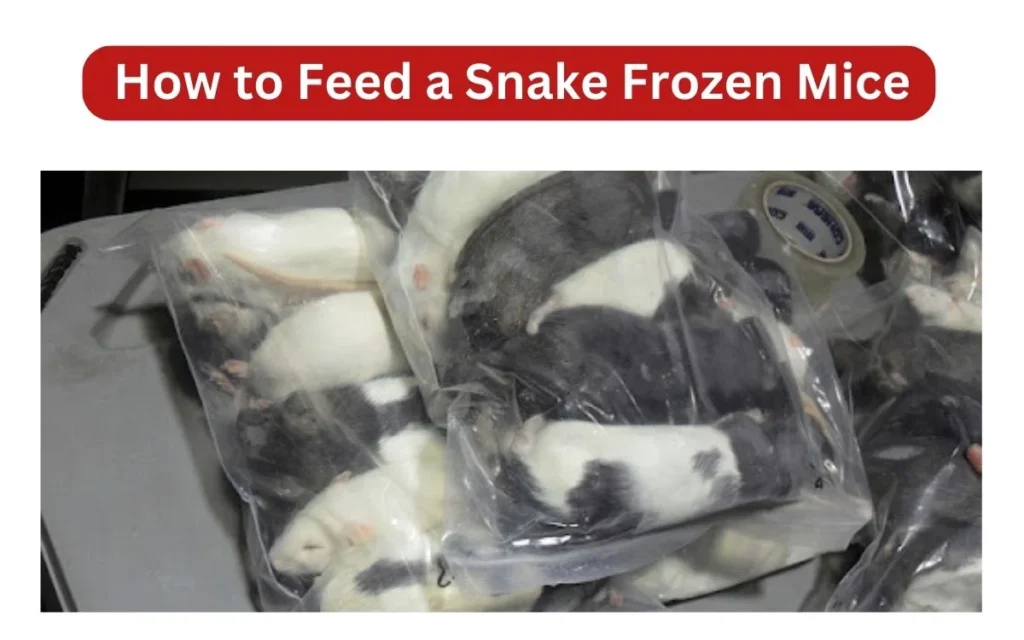
Offering Food to Your Snake
When the prey is ready, present it to your snake using your hands. When you hold the prey close to its head, your snake should attack and start eating. Don’t lose hope if your snake refuses to eat! This is a somewhat common problem. When my snake gets upset or lost, for example, it will sometimes refuse to eat. Additionally, you might want to see if the snake is simply not hungry or if the meal is too big or too cold. Observe your snake’s eating habits and look for any trends.
Creating a Feeding Schedule
I get asked this question more than any other “How often should I feed my snake?” The type, age, and size of your snake will impact the response. Because younger snakes typically require regular feedings than grownup snakes, it can be quite helpful to create a feeding schedule or chart to keep track of everything.
For example, a baby ball python might eat every 5-7 days, while an adult might only need food every 10-14 days. To give you an idea, here’s a simple feeding guide:
| Snake Age | Feeding Frequency |
| Hatchlings (up to 1 year) | Feed every 5-7 days |
| Juveniles (1-3 years) | Feed every 7-10 days |
| Adults (3+ years) | Feed every 10-14 days |
What About Water?
Make sure your snake always has access to clean water in addition to food. My snake can easily reach the small dish of water I generally provide for it, but it’s deep enough for it to sit in if it so chooses. Water should always be available when feeding snakes, as some of them enjoy drinking while they eat.

What If My Snake Won’t Eat?
Take no right away if your snake stops to eat. Snakes sometimes go through periods where they avoid food, as I previously explained. This may be because of many kinds of situations, such illness, stress, or simply not feeling hungry. More vitamins may be necessary for your snake, especially if you are not feeding it something that is varied. You might wish to see an animal doctor if your snake consistently skips meals for more than a few weeks.
Other Tips
If your snake shows no interest in a live prey item, remove it quickly. There could be damages if you leave it in the area.
Make sure the temperature in your snake’s area is appropriate, a snake that is too cold might not want to eat.
You may want to use a snake feeding chart to keep track of how much your pet is eating. This is a great method of checking your snake’s health.
Conclusion
When you understand your snake’s basic needs and create a successful routine, feeding it doesn’t have to be hard. If you’re feeding your snake for the first time or are just starting, choosing the right food, feeding schedule, and ways to prepare it will help keep it happy and healthy. If your snake shows odd habits or stops eating, don’t be afraid to change its routine or get medical help. If you are kind and caring, your pet’s health will naturally change with feeding times.Faq’s
How often should I feed my snake?
The feeding frequency depends on your snake’s age and size. Hatchlings generally eat every 5-7 days, juveniles every 7-10 days, and adults every 10-14 days.
What can I feed my snake besides mice?
In addition to mice, snakes can eat rats, birds, lizards, and even insects, depending on their species. It’s important to mimic their natural diet as closely as possible.
Should I feed my snake live or frozen prey?
Both options are available, but frozen prey is safer and more convenient, especially for beginners. Live prey can pose risks to your snake and should be used cautiously.
My snake won’t eat. What should I do?
Refusal to eat can happen for various reasons, including stress, shedding, or health issues. Try adjusting the feeding temperature or offering a different type of prey. If it continues for an extended period, consult a veterinarian.
Do I need to give my snake vitamins?
If you provide a varied diet, additional vitamins may not be necessary. However, if your snake’s diet is limited, consider discussing supplementation with a vet.
How do I prepare frozen prey for my snake?
Thaw the frozen prey in the refrigerator or warm water until it’s at room temperature. Avoid microwaving, as this can cook the prey unevenly.
What is the best way to offer food to my snake?
Use feeding tongs to hold the prey close to your snake’s head, allowing it to strike naturally. This mimics the hunting behavior and encourages feeding.

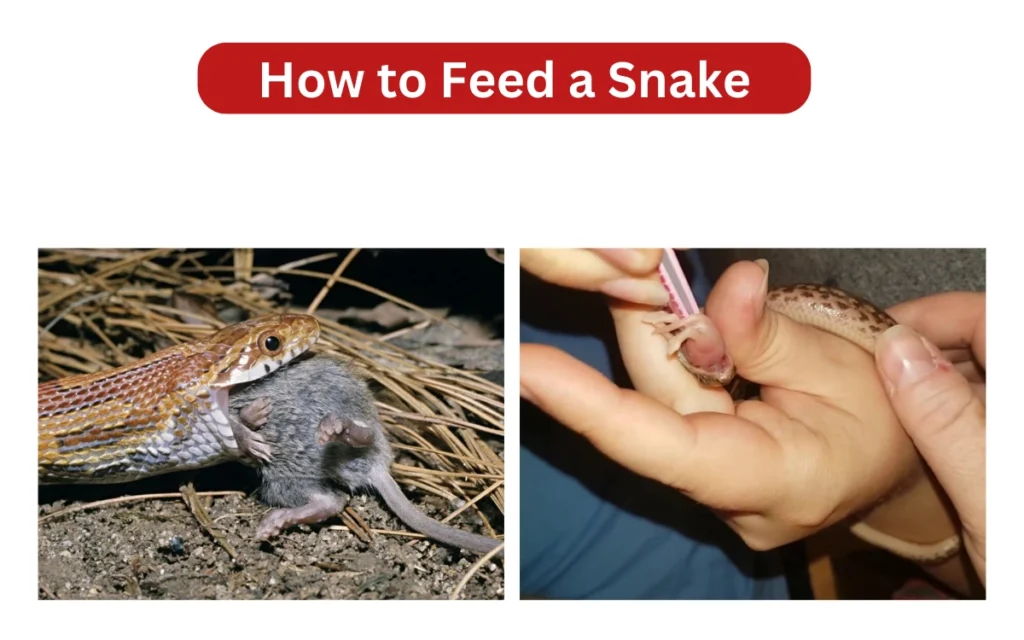

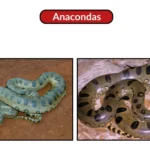


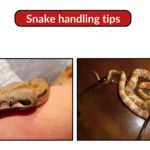
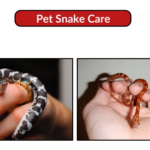
3 thoughts on “How to Feed a Snake: Complete Guide to Proper Snake Nutrition”